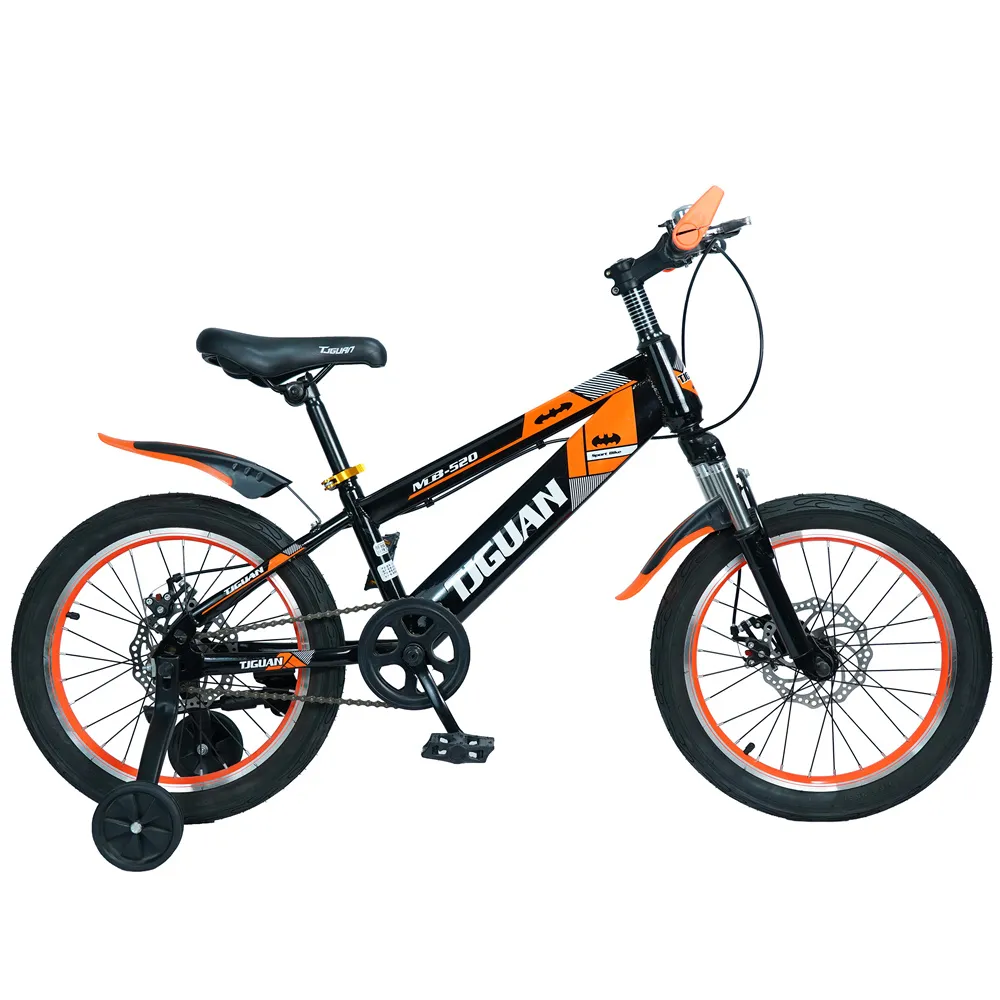when can baby use balance bike
When Can Baby Use a Balance Bike?
Balance bikes have gained immense popularity among parents and early childhood educators as a valuable tool for teaching young children how to ride. These two-wheeled bicycles, which do not have pedals, allow children to push themselves along using their feet and develop essential balance and coordination skills. But the question remains when is the right time for your little one to start using a balance bike? In this article, we will explore the appropriate age, developmental milestones, and tips for getting your child started on a balance bike.
Ideal Age for Balance Bikes
Typically, children can begin using a balance bike as early as 18 months to 2 years old. At this age, toddlers are developing gross motor skills that allow them to walk, run, and climb, making it an ideal time for them to learn how to balance on two wheels. However, the exact age can vary based on the child's individual development and comfort level. It's crucial to consider your child's motor skills and interest in biking.
Most balance bikes are designed for children aged 18 months to 5 years. They come in various sizes and styles to accommodate different heights and abilities. When choosing a balance bike, ensure that it is the right size for your child. The child should be able to sit on the seat with their feet flat on the ground, enabling them to push off easily.
Key Developmental Milestones
Before introducing a balance bike, it's essential to ensure your child has reached a few key developmental milestones. These include
1. Walking Proficiency Your child should be confidently walking and even running. This helps them develop the foundational skills they need for balancing on a bike.
2. Body Coordination Children should demonstrate good body coordination and the ability to control their movements. This is vital for balancing and steering the bike.
4. Fearlessness Children should not be overly fearful of falling or getting hurt. A sense of adventure is crucial, as balance biking involves a learning curve where they may occasionally fall.
when can baby use balance bike

Tips for Introducing a Balance Bike
Once you've determined your child is ready for a balance bike, here are a few tips to help make the introduction smooth and enjoyable
1. Choose the Right Bike Select a balance bike that suits your child's size. The bike should allow your child to sit comfortably, with their feet firmly on the ground. Adjustable features can also be beneficial as your child grows.
2. Safety Gear While balance bikes are generally safe, it's always a good idea to equip your child with a helmet. Additional safety gear like knee pads and elbow pads can also provide extra protection.
3. Start on Flat Surfaces Introduce the balance bike on flat, smooth surfaces such as sidewalks or parks. This minimizes the risk of falls and helps your child build confidence.
4. Encouragement Encourage your child to explore and have fun while riding. Celebrate small achievements, whether it's the first time they lift their feet off the ground or glide for a short distance.
5. Practice Makes Perfect Spend time practicing with your child. Offer support when necessary, but allow them the freedom to learn at their own pace. Over time, they will gain confidence and learn to balance effectively on their own.
6. Be Patient Learning to ride a balance bike is a process, and every child will progress at their own speed. Patience and support from parents can foster a positive learning experience.
Conclusion
A balance bike can be a delightful introduction to the world of cycling for young children. Starting as early as 18 months, children can develop essential skills in balance, coordination, and confidence. By considering your child's developmental readiness and following a few simple guidelines, you can help them embark on an exciting new adventure that lays the foundation for a lifelong love of cycling. Remember, the key is to ensure the experience is fun and engaging, allowing little ones to explore and learn at their own pace. Happy riding!
-
kids-scooter-tiny-olympic-games-scooterathlonNewsAug.22,2025
-
kids-scooter-waves-xingtai-zhongzhous-global-rippleNewsAug.22,2025
-
baby-tricycle-oem-legacy-zhongzhou-forgedNewsAug.22,2025
-
xingtais-twin-tricycle-revolution-siblings-ride-togetherNewsAug.22,2025
-
baby-tricycle-design-inspired-by-ancient-armorNewsAug.22,2025
-
nfc-chip-enabled-oem-baby-tricycle-trackingNewsAug.22,2025
-
The Perfect Baby TricycleNewsAug.11,2025








